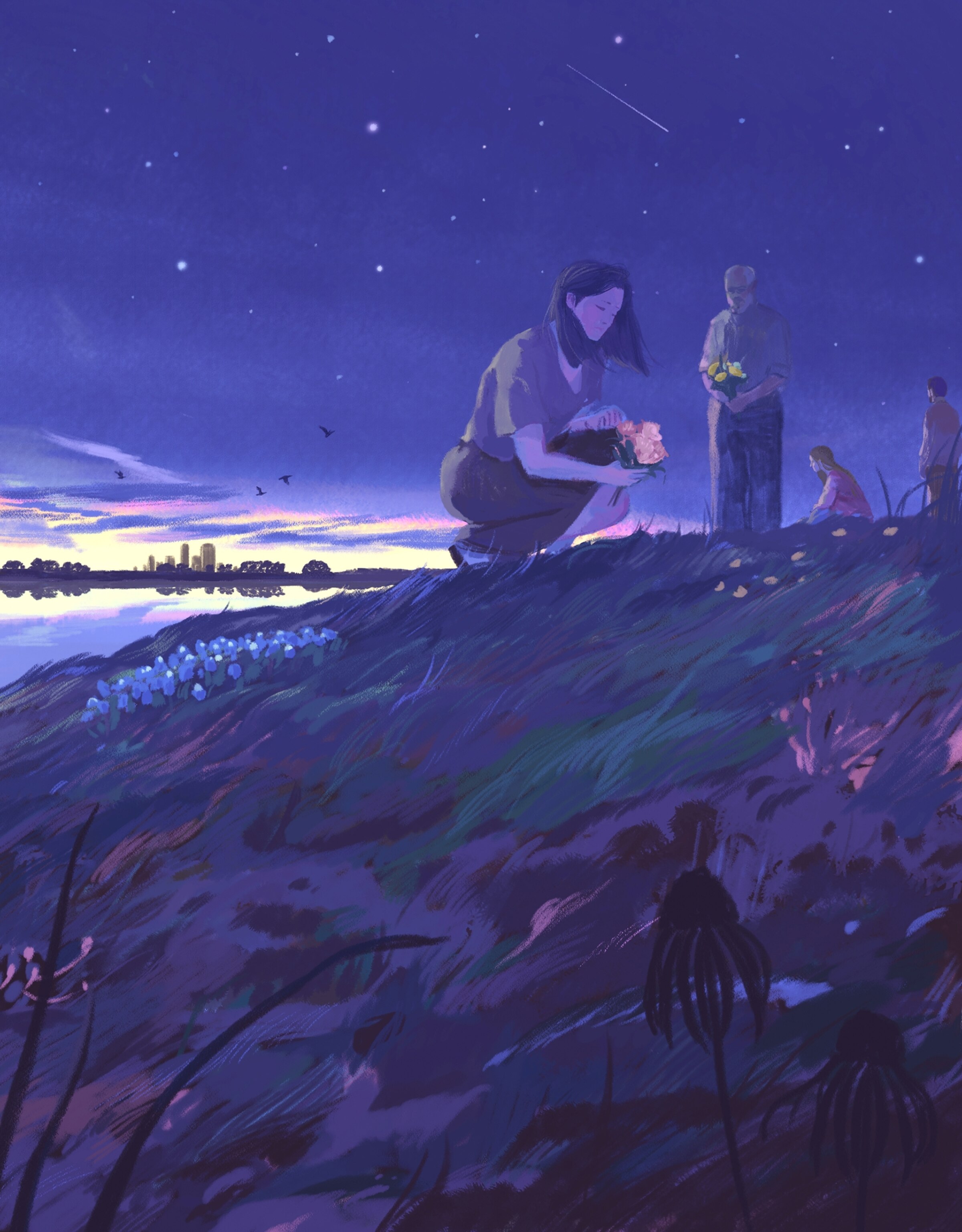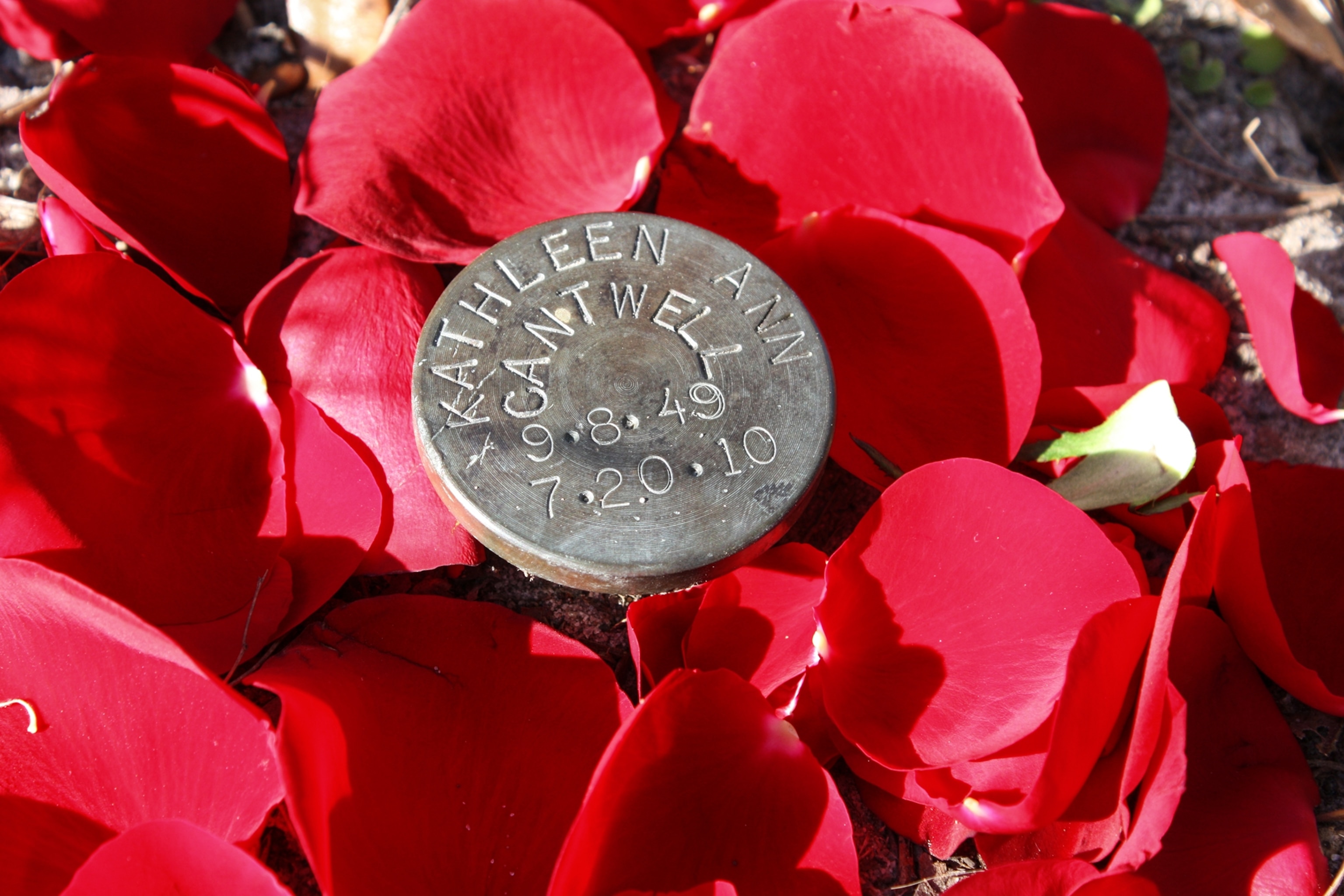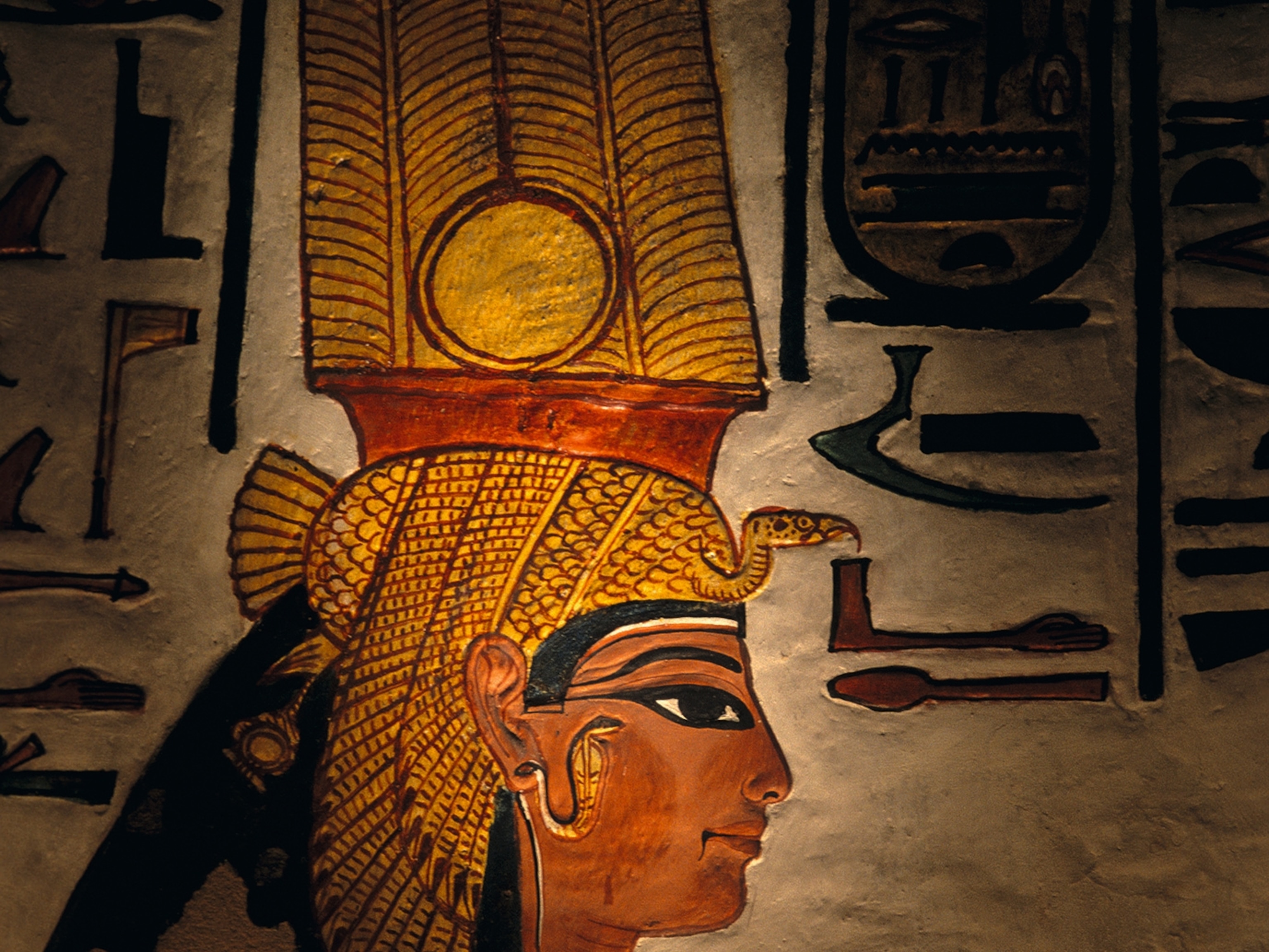
In these cemeteries, nature also rests in peace
Conservation cemeteries serve as a space for green burials, a tool to preserve land naturally, and a deterrent to runaway development.
At its most peaceful, the Indiangrass Preserve in southeast Texas is hushed and still. Its springtime canvas is lush with prairie grass; monarch butterflies cling to yellow tickseed flowers as eastern bluebirds circle overhead. Come summer, rains will douse its shallow wetlands, where bobcats pause to drink as they prowl for cottontails.
An agrochemical research facility occupied part of the site as recently as 2001. Then the Katy Prairie Conservancy restored the land into a nature preserve.
Since 1992 the conservancy has protected more than 18,000 acres of Texas land that otherwise might have been developed, says Elisa Donovan, its vice president and general counsel. The conservancy has championed tallgrass prairie and wetlands, plentiful species, and rare ones, such as the crawfish frog and the western chicken turtle. Its latest project aims to restore and preserve the natural state of land that will welcome the living—and also the dead.
For several years Donovan and colleagues have been planning a conservation cemetery here. Nationwide, only about a dozen of these operations exist: single properties with areas in simultaneous use as nature preserves, parklands, and environmentally conscious burial grounds. This would be Texas’s first.
The current conservancy plan includes 50 acres of space for so-called green burials. No caskets or concrete liners will be used. The dead won’t be embalmed, to eliminate synthetic, potentially harmful chemicals. Each body lowered into the ground will wear only biodegradable clothing and a shroud.
A conservation cemetery takes green burial grounds one step further. Its landscape protects the dead as they naturally decompose—and in return, the dead help protect the land (with the customary laws that discourage disturbing cemeteries). That’s the plan for property near the Indiangrass Preserve site and a conservancy field office, a nondescript white building on the edge of Waller, a small town 42 miles northwest of Houston.
Beyond Waller, development continues chewing away at nature as the region echoes the Houston suburbs’ insatiable growth. Greater Katy grew from 81,000 residents to a sprawling suburb of more than 309,000 between 1990 and 2020, according to the Katy Area Economic Development Council. It’s a trend that has barely shown signs of slowing down, forcing conservationists like Donovan and her colleagues to get creative in response.
Look to the north from the conservancy’s field office: That’s a ranch of more than a thousand acres, which was acquired by developers and soon will be a residential area. Neighboring landowners already are creating a municipal utility district, the first step in the birth of a new subdivision. To the south, a dusty two-lane highway soon will be four lanes so it can meet the projected flow of future traffic.
“It really feels like a race,” Donovan says of the effort to conserve land. “Can we protect the land before someone comes in, subdivides it, and builds hundreds of thousands of homes on it?”
Environmental impact at the end
Cremation is an alternative but not a climate-friendly option, experts say: Similar to how carbon stored in roots is released when a tree is cut down, carbon that makes up part of the human body is released into the atmosphere when the remains are incinerated at 1,400 to 1,800 degrees Fahrenheit for multiple hours. One cremation produces on average more than 534 pounds of carbon dioxide, according to an estimate by cremation technology manufacturer Matthews Environmental Solutions. By comparison, the green burials practiced in conservation cemeteries allow root systems to trap the carbon released from human bodies during decomposition.
The conservation cemetery idea came to the Katy Prairie Conservancy folks from the Kate Braestrup memoir Here If You Need Me. Donovan remembers Braestrup writing of a missing person’s remains found in the forest. The body gradually decomposed, and a nearby shrub sprouted into a tree, intertwining with the remains.
The sense of peace Donovan took from Braestrup’s description grew within her like the tree through the skeleton. She buried the thought until her father died years later, when she found herself reflecting on the connections between nature and death. The family honored her father’s wish to be cremated. He would be stored in a niche in perpetuity. Thousands of dollars were spent.
“It was smaller than a filing cabinet,” Donovan says. It didn’t sit right with her—and a growing number of individuals seem to feel the same. They’re rethinking what it means to die and whether there’s a purpose to be had when it happens. They’re shunning the multibillion-dollar business of managing death, with hope that their remains will give back to the earth.
But the concept of a conservation cemetery is not new. It’s retrofitted for a new era.
In 1825, as farmland evolved into industrial acreage, conservationist George Brimmer bought land in Massachusetts to preserve its valleys and wetlands from development. Brimmer later partnered with others to turn the land into a cemetery, effectively skirting developers’ wandering eyes.
The result was Mount Auburn Cemetery, which borders Cambridge and Watertown, Massachusetts. Today it still resembles the land Brimmer sought to preserve, albeit with a fleet of gravestones poking out of the green turf. “I like to think of Mount Auburn Cemetery as not just the first rural cemetery, but in fact, it was a form of land conservation,” says Candace Currie, director of Green Burial Massachusetts, a nonprofit group working to create the state’s first legally recognized conservation cemetery. “To this day, people go there to get away from the city.”
In the decades after Brimmer established Mount Auburn Cemetery, new technologies changed the way the living interacted with the dead.
The profession of undertaker emerged in the United States during the Civil War. Preserving bodies became common practice for morticians seeking a way for families to say goodbye to fallen soldiers; the war dead were embalmed, laid in wooden boxes, and sent home by the thousands. President Abraham Lincoln’s funeral procession raised embalming’s public profile. For 19 days after his assassination in 1865, the president’s casket was left unsealed; embalmers kept the body fresh to accommodate public viewings.
Like most of the systems, customs, and industries that touch our lives, the management of death has radically changed since the time of Lincoln. Today the modern deathcare industry generates more than $20.5 billion annually.
Conservation cemetery and green burial advocates responded with their own movement. In 1996 in Westminster, South Carolina, the nation’s first natural burial ground was established by family physician Billy Campbell and his wife, Kimberly. Called Ramsey Creek Preserve, the property has more than doubled from its original 33 acres.
Facilities like these are “way more than just greener versions of contemporary cemeteries,” Billy Campbell has said. He considers them “multidimensional social and ecological spaces where the burials don’t overwhelm the naturalness of what is there.”
Currie sees another important trait. For green burials, loved ones help “take care of our own dead,” she says. “It’s a right, I think, that people want back.”
Speaking with Currie, Green Burial Massachusetts president and co-founder Judith Lorei describes the push for natural burials and conservation cemeteries as a new school of thought.
“People are really beginning to think outside the box,” Lorei says.
She catches herself, and laughs.
Marked, naturally

It’s a matter of stripping away the unnecessary. Of getting back to basics. With conservation cemeteries, “we’re trying to help people come back to the concept that nature is enough,” says Heidi Hannapel, a consultant with the preservation group Landmatters and a co-founder of Bluestem Conservation Cemetery.
At the same time, the cemeteries are a modern—even entrepreneurial—approach to land preservation, says Bluestem’s other co-founder, Jeff Masten. “It’s a different land use, it’s a different tool, it’s a different strategy,” says Masten, also a Landmatters consultant. “Conservation burial grounds, for some people, are like a business that helps land stay in use.”
Donovan knows the Katy Prairie cemetery won’t be the David felling Houston development’s Goliath. Rather, the aim is just to hold off the giant. In the end, it’s about the bigger picture, Donovan stresses. All profit from selling natural burial plots (tentatively, for around $4,500 apiece) would be used to restore 250 more acres to a natural state.
Donovan hopes the conservation cemetery project prompts visitors to reflect on their ultimate fate. At some point, each of us will die. But until then, we have choices. What do you want your legacy to be?
“Let’s be thoughtful about our end of life and what we want to see happen,” she says.
Someday, I ask, is this where you’ll be buried? She laughs nervously. “If we had the cemetery out there today and I passed away, yes, put me on the Katy Prairie,” Donovan replies.
Should the project go according to plan, Donovan wouldn’t be alone on the Katy Prairie landscape. Neither would anyone else who chose to be laid to rest there. Each springtime, the prairie grasses above them would burst to life, and flowers would bloom into the cusp of summer.
Late in the afternoon, I drive back from the preserve. The landscape bolts from green and brown to gray and grayer as Houston’s skyline comes into view. Rush hour churns the city, where it’s anything but hushed and still.
This story appears in the April 2022 issue of National Geographic magazine.






